Jalapenos and bell peppers are relatives of cayenne peppers. They are a common ingredient in Mexican, Cajun, Creole, and Southwestern American food. They are used whole in Korean, Sichuan, and other Asian cuisines as well as dried and processed to create a powdered spice for flavouring.
Cayenne pepper is also used in a variety of ways by practitioners of traditional Chinese and Ayurvedic medicine, including as a treatment for circulatory issues. Capsaicin, which cayenne pepper contains in large amounts and is what gives it most of its health advantages. The fruit's scorching hot taste is also a result of capsaicin. The pepper is rated between 30,000 and 50,000 Scoville heat units, which is a scale used to determine how fiery a chilli pepper is.
The pepper's active component, capsaicin, which is also found in many topical treatments for aches and pains in the muscles and joints, is what gives the food its spicy flavour.
Cayenne is a versatile spice that compliments savoury foods. Some people add it to spaghetti, casseroles, tacos, or meals with eggs or seafood.
Table of Contents
Origin of cayenne:
Cayenne, a city in French Guiana, is where the pepper derives its name from. It is known to have originated in Central and South America and was first employed as ornamentation. While exploring the Caribbean, Christopher Columbus had come across these fruits. As an alternative to black pepper, he took them back to Europe (which was expensive back then). And cayenne pepper is now grown all over the planet.
Health Benefits of Cayenne About Cayenne Pepper:
Cayenne is a flavouring chilli pepper that has a medium heat level. It typically measures 10 to 25 centimetres in length, is crimson and slender, and has a curled tip. Cayenne pepper is a cultivar of Capsicum annuum, also known as chilli peppers, African pepper, capsicum fruit, pimienta de cayena (in Spanish), and zanzibar pepper (which is related jalapenos, bell peppers, and paprika).
The cayenne pepper is a small, 2 to 5 inch long chilli pepper that varies in colour from green to red. The dried, ground form of this pepper is what is commonly used as "cayenne pepper" in pizzerias.
It is related to bell peppers and jalapenos and is a member of the nightshade family of flowering plants.
How hot is cayenne pepper?
The kick of cayenne peppers is strong but not overpowering. The Scoville scale may be recognisable to you if you enjoy spicy cuisine. This scale rates the spiciness of a chilli pepper, with mild bell peppers at one end and ghost peppers and Carolina reapers at the other, which will burn your face off.
A cayenne pepper has between 30,000 and 50,000 Scoville Heat Units, compared to 5,000 for a jalapeno. According to Supan, cayenne peppers are significantly hotter than jalapenos. The majority of individuals wouldn't eat raw cayenne peppers as a snack.
Types of Cayenne pepper:
- Carolina Cayenne Peppers
- Cayenne Buist's Yellow Pepper
- Dagger Pod Peppers - Cayenne Type
- Golden Cayenne Peppers
Culinary use of cayenne:
When creating a curry, barbecue rub, or marinade, cayenne pepper should be added to the spice combination.
When creating a salad dressing, combine cayenne pepper with olive oil, vinegar, and other seasonings.
Pepper
Due to a neuropeptide known as substance P, which can limit the reach of body pain signals to the brain and reduce overall pain levels, capsaicin, a component of cayenne pepper, has been linked to decreased risk of cardiovascular disease, reduced cholesterol, and pain relief. Applying capsaicin cream topically can assist with conditions including back pain and arthritic pain.
In addition to having a high capsaicin content, cayenne is a rich source of vitamins and minerals that have a number of health benefits for the body. These benefits include controlling blood pressure and heart rate, preserving healthy blood flow, preventing blood clots, promoting weight loss, and acting as a potent anti-inflammatory. The Cancer Treatment Centers of America also included cayenne pepper as one of the top foods having anti-cancer benefits.
The advantages of this pepper may be reaped by taking concentrated cayenne pepper tablets in addition to eating it fresh or dried.
Advantages of the other herbs and spices
Frequently Asked Questions for Cayenne Pepper (FAQs)
1. Is paprika and cayenne pepper the same thing?
Simply put, no. Cayenne and paprika are two separate spices, despite the fact that they have many similarities. The dark orange-red powders you've come to know and love as paprika and cayenne come from dried chilli peppers that have been crushed into a fine powder.
2. Are cayenne pepper and chilli powder the same thing?
Not all chilli peppers have the same flavour. Unlike poblanos and other members of the Capsicum family, which are much milder, cayenne is spicy, aromatic, and earthy. It's inevitable that chilli powder, which is often prepared from a variety of peppers, will taste different from cayenne pepper that has been freshly ground.
3. Which spice, cayenne or paprika, is healthier?
Vitamin A, Vitamin B2, and Vitamin B3 concentrations are much greater in paprika. It is among the top 8% of foods in terms of vitamin A content. More vitamin C, vitamin B6, and folate are present in cayenne pepper. Vitamin K, Vitamin B1, and Vitamin E are all present in similar levels in both.
4. How spicy is cayenne pepper?
The kick of cayenne peppers is strong but not overpowering. The Scoville scale may be recognisable to you if you enjoy spicy cuisine. This scale rates the spiciness of a chilli pepper, with mild bell peppers at one end and ghost peppers and Carolina reapers at the other, which will burn your face off.
5. How does cayenne taste?
Like several other dried chilies, cayenne lacks a smoky or earthy taste. The flavour is mostly spicy and somewhat fruity.
6. Red pepper or cayenne pepper, which is hotter?
If you're comparing cayenne pepper to regular store-brand crushed red pepper, it's usually hotter.

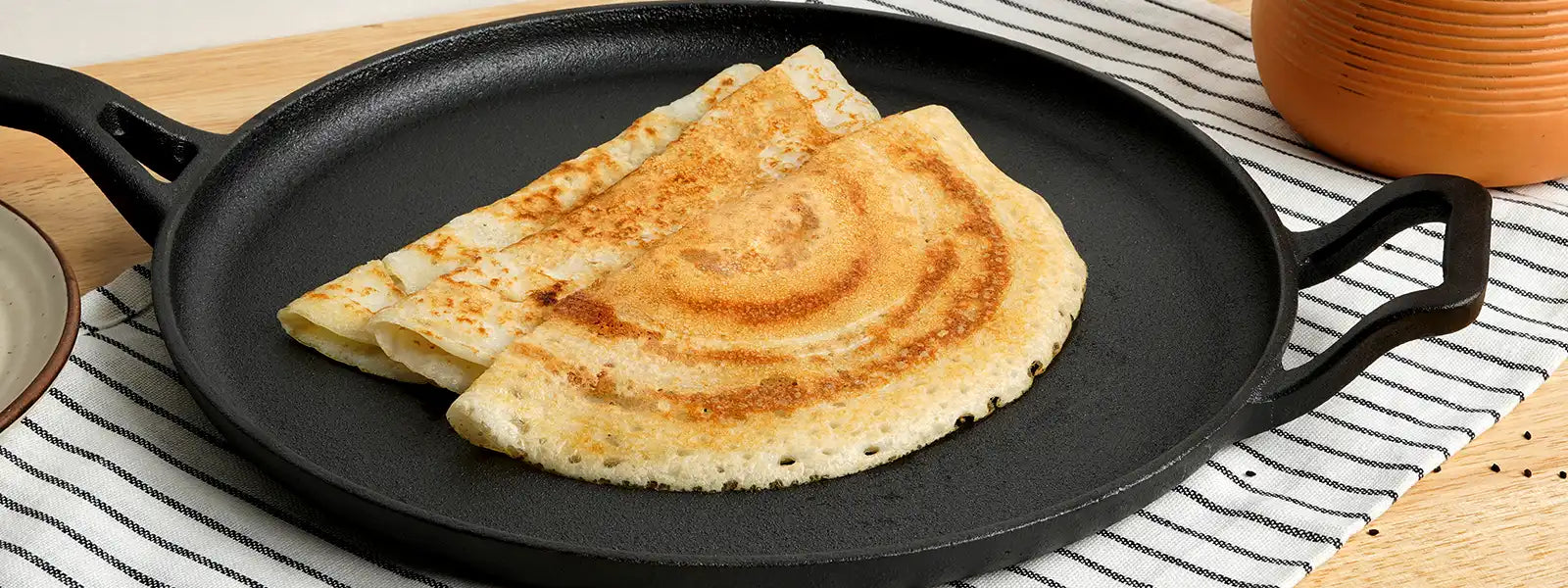

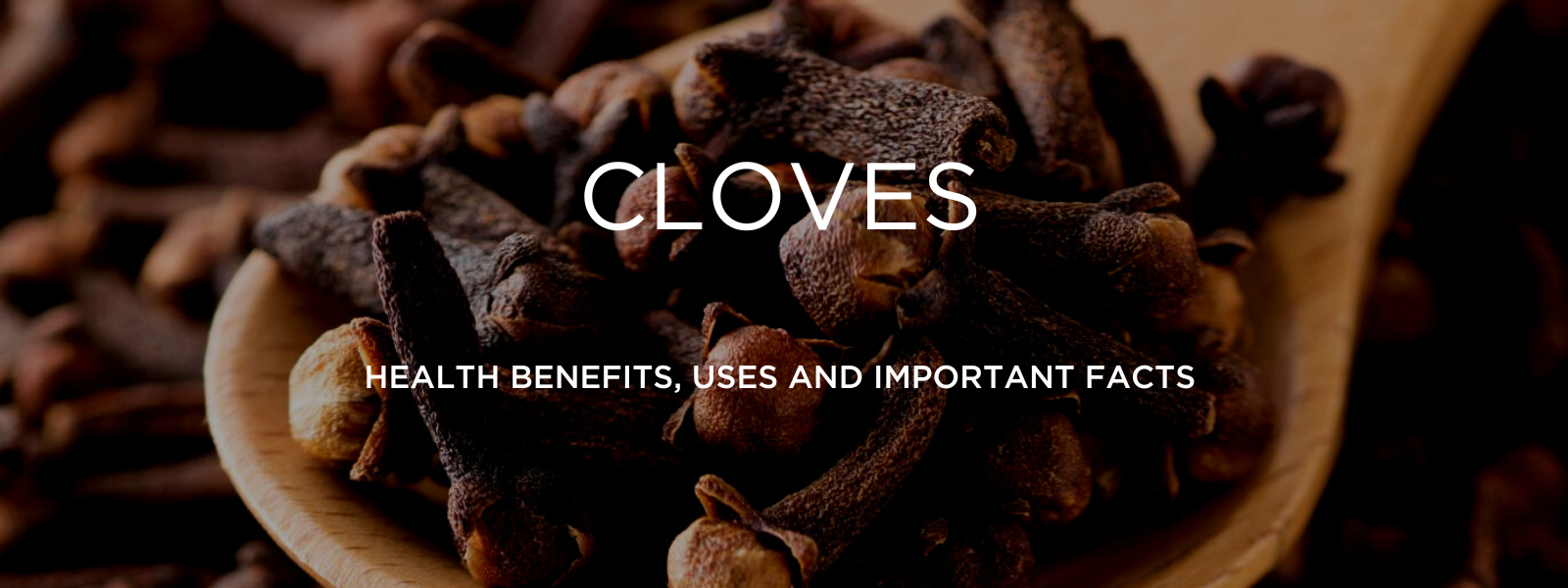
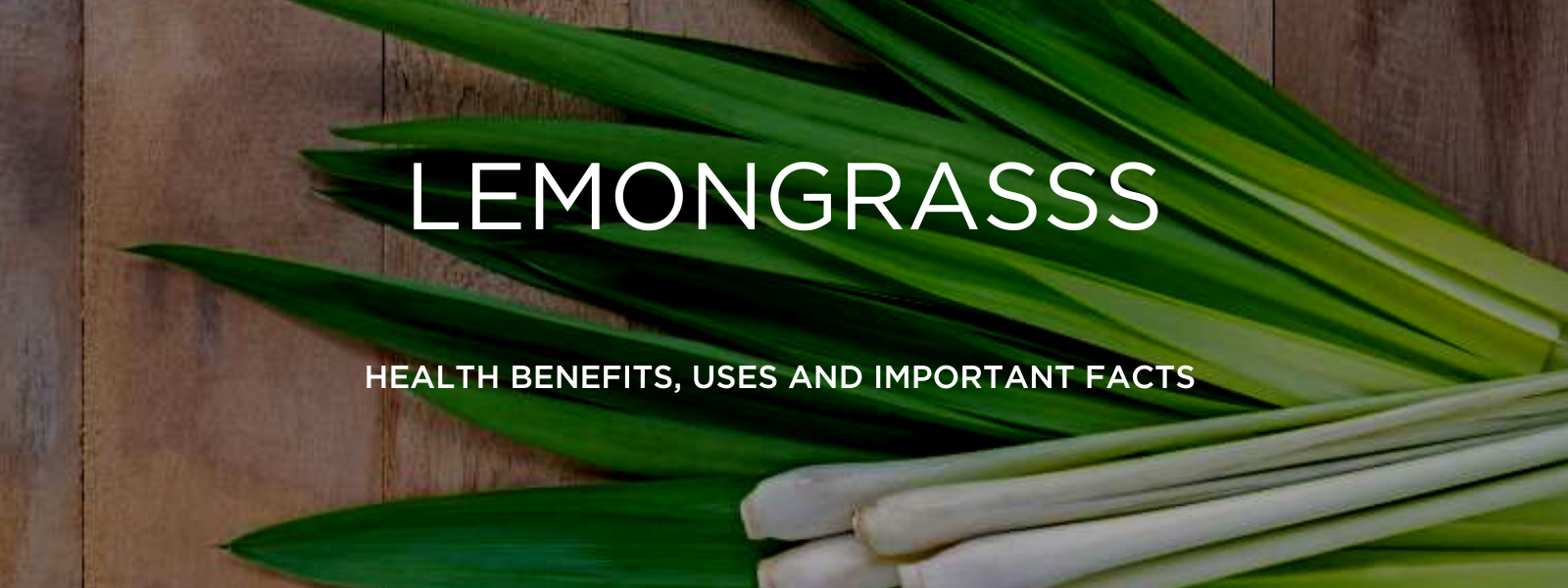
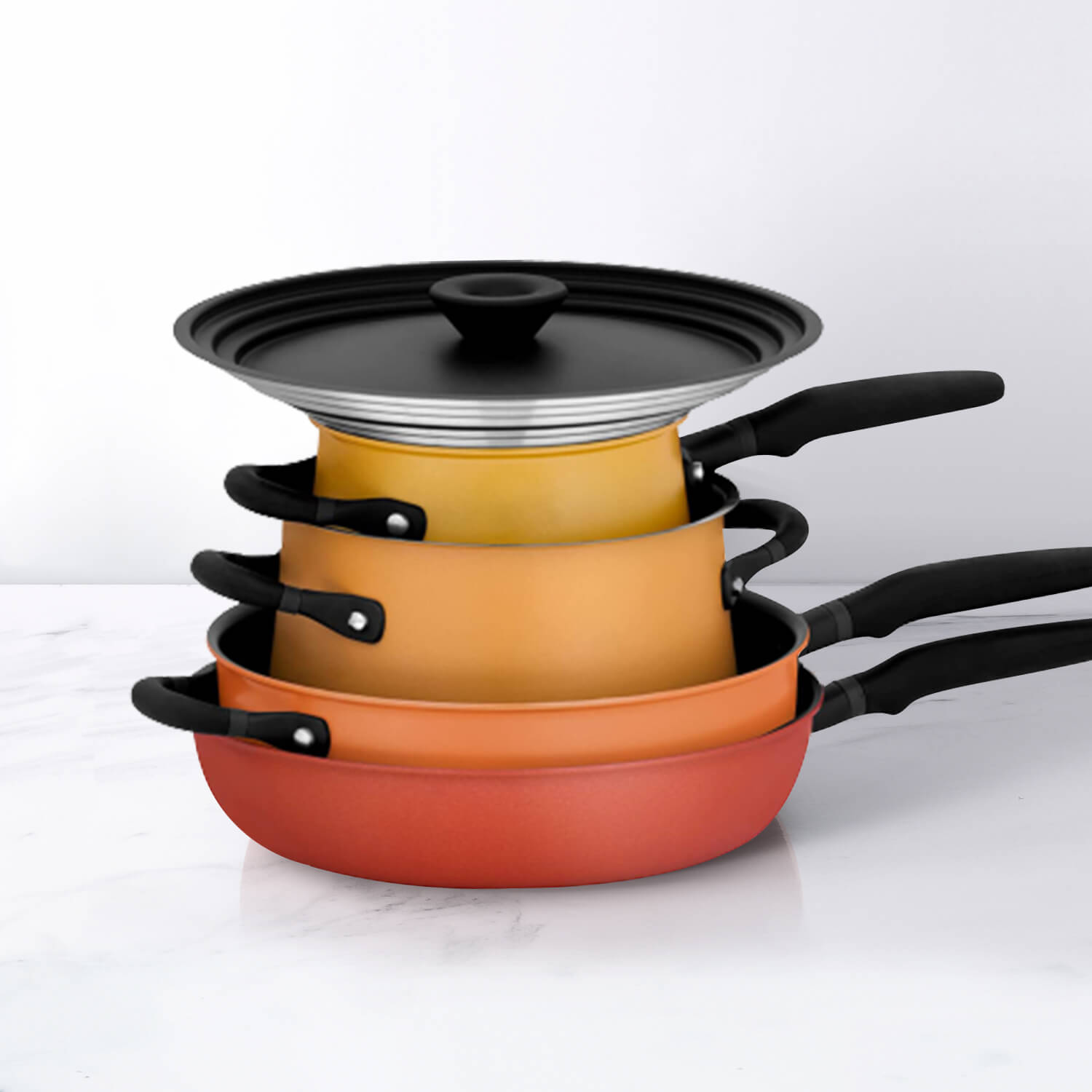
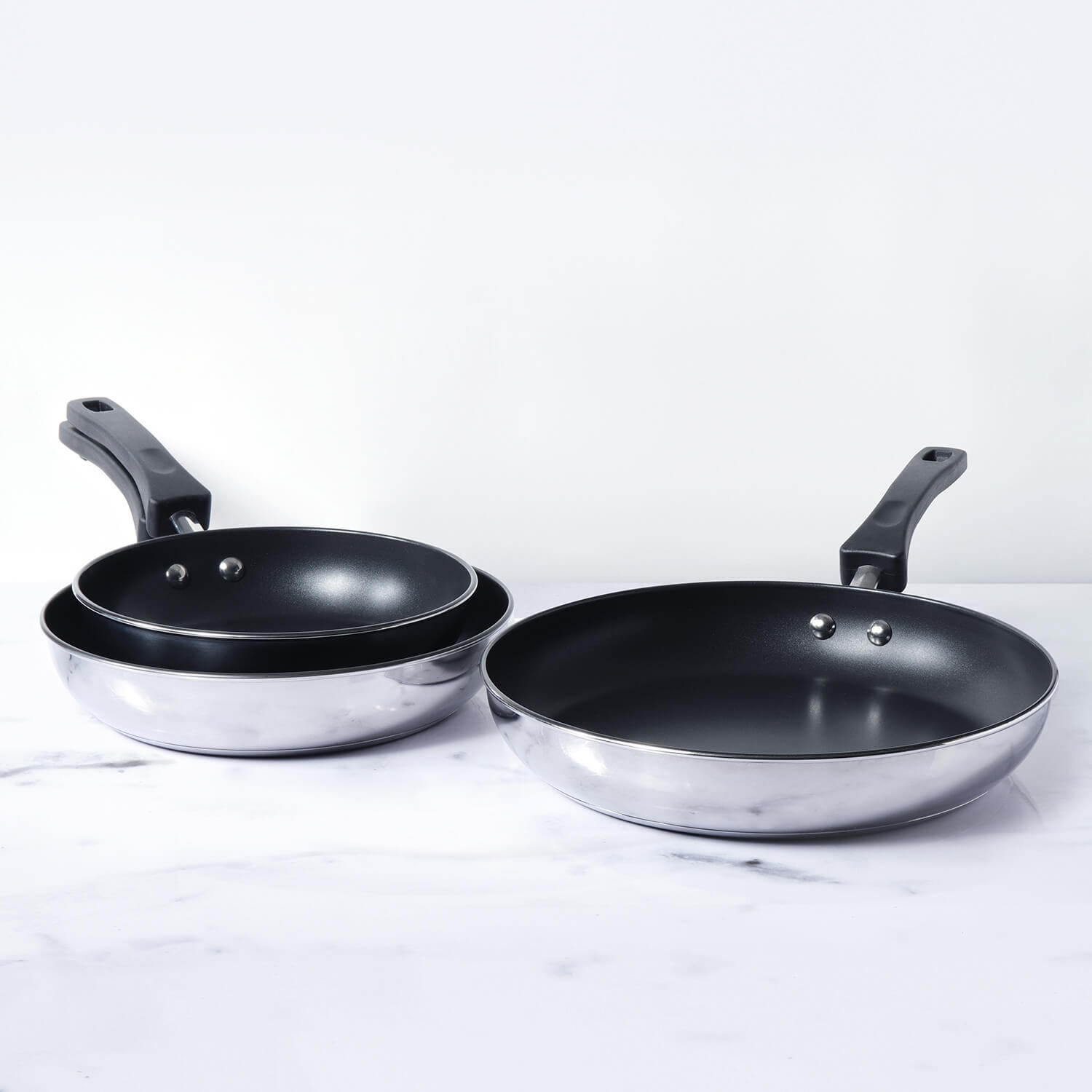
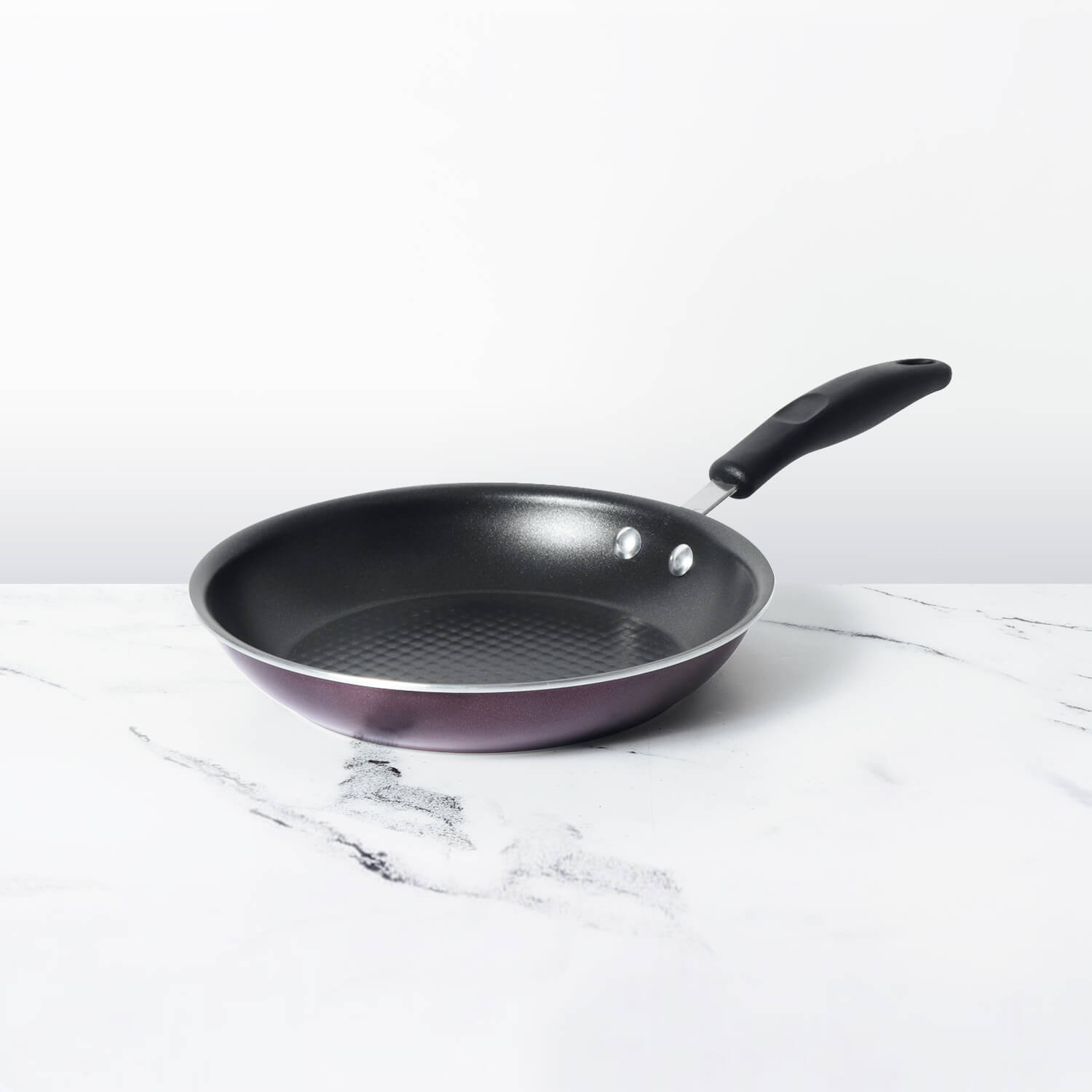




Leave a comment